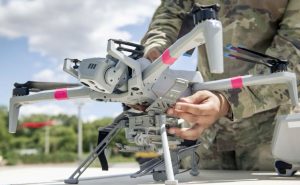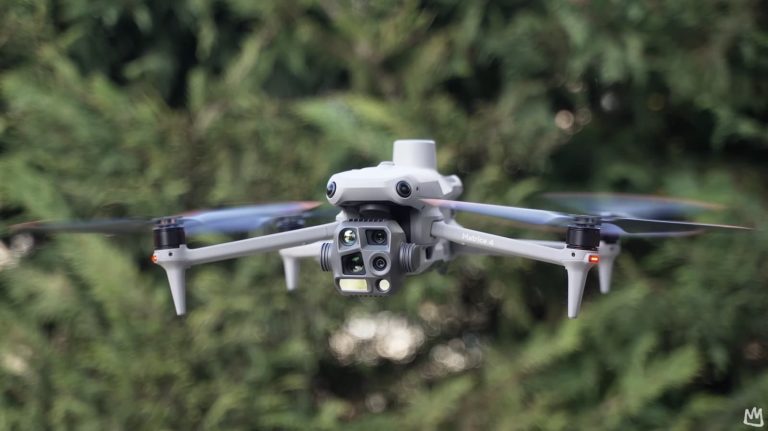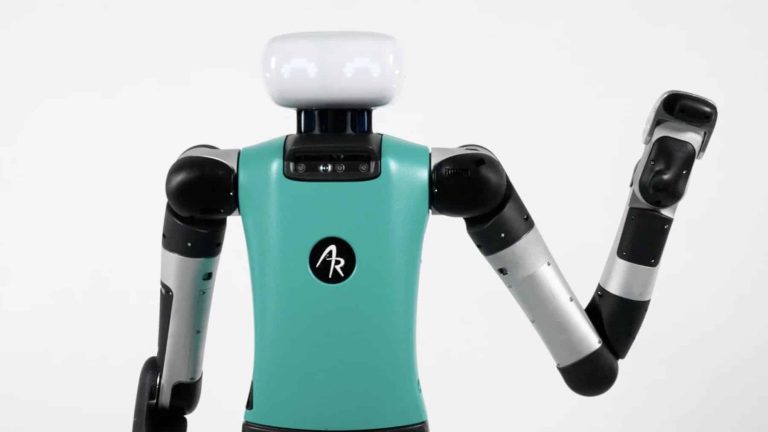Flying drones over people has been a headache for many drone pilots due to strict FAA drone regulations. But, there’s some good News. The FAA is making it a bit easier to get approval for such operations, as Greg Reverdiau explained in his weekly UAS News Update. This shift could mean more flexibility for drone pilots, but there are still a few hoops to jump through.
Simplified Approval Process
For drones weighing between 0.55 pounds (250 grams) and 0.88 pounds (399 grams), getting approval to fly over people is now more straightforward. You still need a waiver, but if your drone meets specific criteria—such as having prop guards, an anti-collision light, Remote ID, a visual observer, and of course, a waiver—you’ll likely get the green light.
This change applies to a range of popular drones. If you own any DJI Mini (from the Mini 1 to Mini 4), Autel Nano, Parrot Anafi, or the DJI Avata 2, you’re in luck. However, the DJI Avata 1, weighing slightly over at 410 grams, doesn’t make the cut.
Heavier Drones
For drones weighing between 0.88 pounds (399 grams) and 3.5 pounds (1,587 grams), the process is a bit more involved. Along with the basic requirements, you’ll also need an ASM parachute system. Drones in this category include DJI’s Air and Mavic series, Autel’s Lite and Evo 2 series, Parrot ANAFI, Skydio 2 and Skydio X2, and even the DJI FPV and Phantom 4 Pro V2.
Important Details
It’s crucial to note that this isn’t a change in regulations—waivers are still necessary, and approval isn’t guaranteed. This means pilots can’t simply assume they can fly over people without proper authorization. The FAA’s rules on flying over moving vehicles also remain unchanged; such operations still require categorized drones.
This update was shared in a Drone Pro webinar, and more detailed information will be available on the FAA DroneZone website soon. Major kudos go to the FAA AFS-751 team for their hard work in making these adjustments.
DroneXL’s Take
This development is a significant step forward for the drone community, showing the FAA’s willingness to listen and adapt. While the process isn’t entirely hassle-free, the increased chances of getting waivers approved is a win for drone enthusiasts. As regulations evolve, we hope to see even more flexibility and opportunities for safe and innovative drone operations.
Discover more from DroneXL.co
Subscribe to get the latest posts to your email.




















+ There are no comments
Add yours